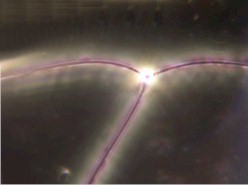

|
|
|
 |
FAQ |
|||||
|---|---|---|---|---|---|
Copyright by Ingrid Naiman 2005
|
|||||
Notice: The material on this site is based on the personal experiences and research of Ingrid Naiman, the site owner. While every effort has been made to present accurate information, neither the site owner or web service provider claim the material will prevent or cure any medical condition, and no responsibility for the application of the information on this site is assumed by the any of the parties providing the content on this site. None of the statements made on the site are intended to replace the services of health care or mold professionals.
Disclaimer: The information on this site has not been approved by the Food and Drug Administration. The products described are not intended to diagnose, treat, cure, or prevent any disease.


